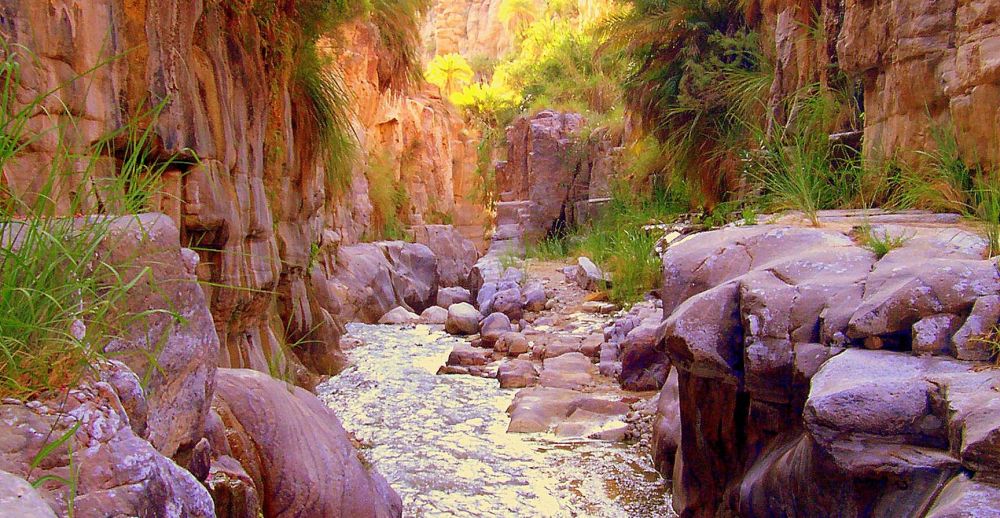

Jordan, known for its rich history and stunning landscapes, has long been a favored destination for adventurous travelers. While the ancient city of Petra and the vast Wadi Rum desert are iconic tourist spots, off-the-beaten-path locations like Wadi Bin Hammad in Karak offer equally breathtaking experiences with a more tranquil setting.
Tourism in Wadi Bin Hammad is a relatively recent phenomenon when compared to other historical sites in Jordan. This hidden canyon, with its lush palm trees, hanging gardens, and thermal water springs, has only gained attention as a tourist destination in the past few decades. With increased interest in eco-tourism and sustainable travel, Wadi Bin Hammad has been recognized for its natural beauty and the opportunity it offers for an intimate encounter with nature.
Initially frequented by the locals, who have known and used the valley's resources for centuries, Wadi Bin Hammad started to attract a broader audience when adventure tourism began to take hold in Jordan. As hiking and hot springs became more popular with international tourists, Wadi Bin Hammad's reputation as a must-visit location in Karak grew.
The Jordanian government and local stakeholders, recognizing the potential of Wadi Bin Hammad, have taken steps to improve the infrastructure in and around the area. This includes developing hiking trails and ensuring the preservation of the natural environment to make the attraction more accessible while maintaining its pristine condition.
The current trend in Wadi Bin Hammad tourism is one that focuses on sustainable and responsible travel. Visitors to the canyon are encouraged to follow eco-friendly practices, such as adhering to established trails and carrying out all litter. There is a growing interest in bird watching, nature photography, and geology, which are facilitated by the diverse ecological system within Wadi Bin Hammad.
Moreover, wellness tourism has also started to gain traction, with visitors coming to soak in the warm mineral-rich waters that the valley has to offer. In line with this trend, there has been an increase in the number of day-trippers from Amman and other cities, as well as international visitors looking to experience Jordan beyond its archaeological wonders.
For those planning to visit Wadi Bin Hammad, it is advised that they prepare for a moderate hike and bring water shoes for wading through the streams. The best time to visit is during the spring or autumn months when the temperatures are milder. While the region does not have a vast array of hotels, several local accommodations provide an authentic Jordanian experience.
Visitors are also reminded to respect the natural habitat and cultural heritage of the region. By doing so, they contribute to the preservation of Wadi Bin Hammad for future generations to enjoy.
Wadi Bin Hammad stands as a testament to Jordan's commitment to developing tourism that celebrates and conserves its natural landscapes. As this trend continues, the valley is set to remain one of Jordan's treasured hidden gems.